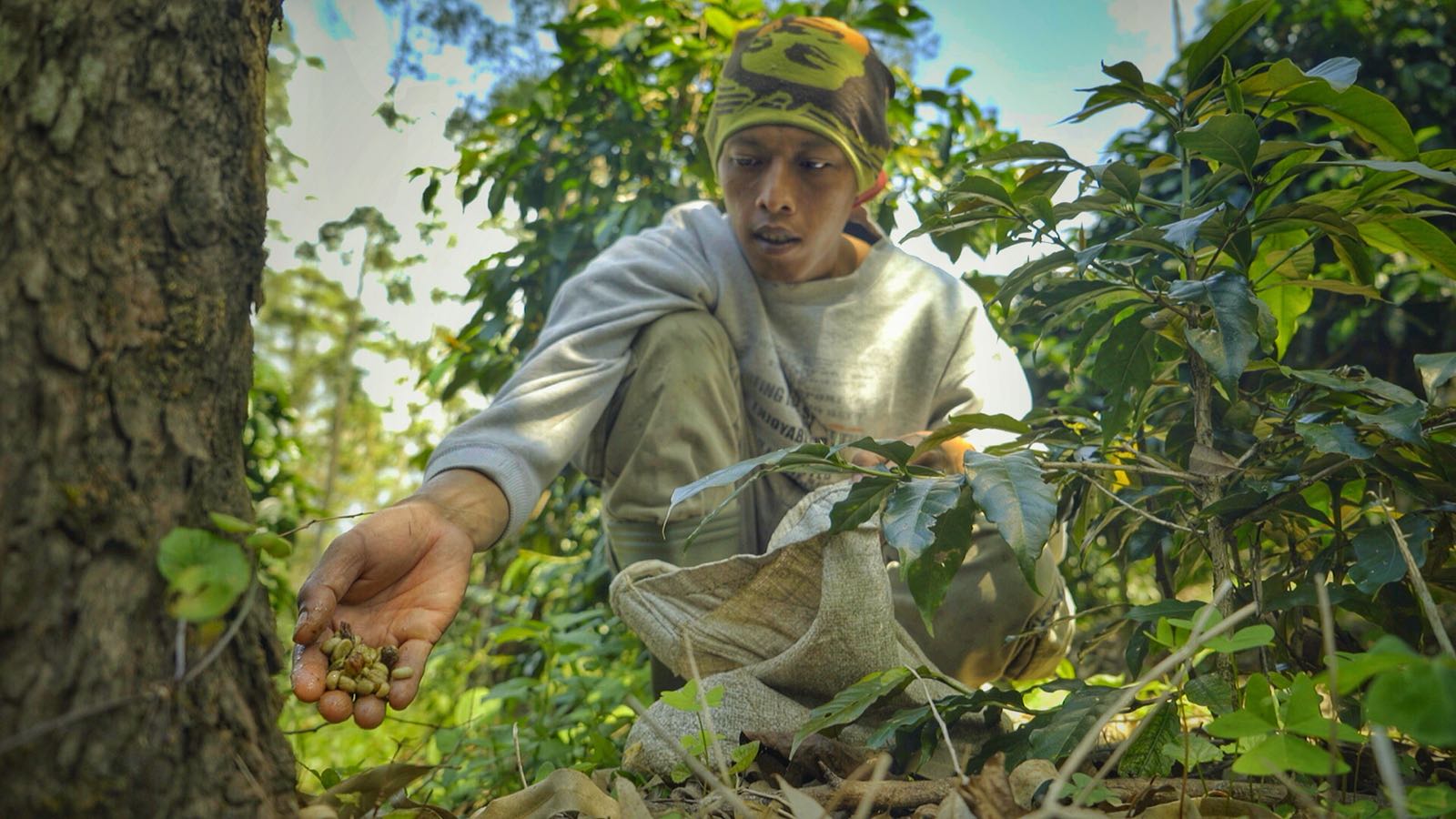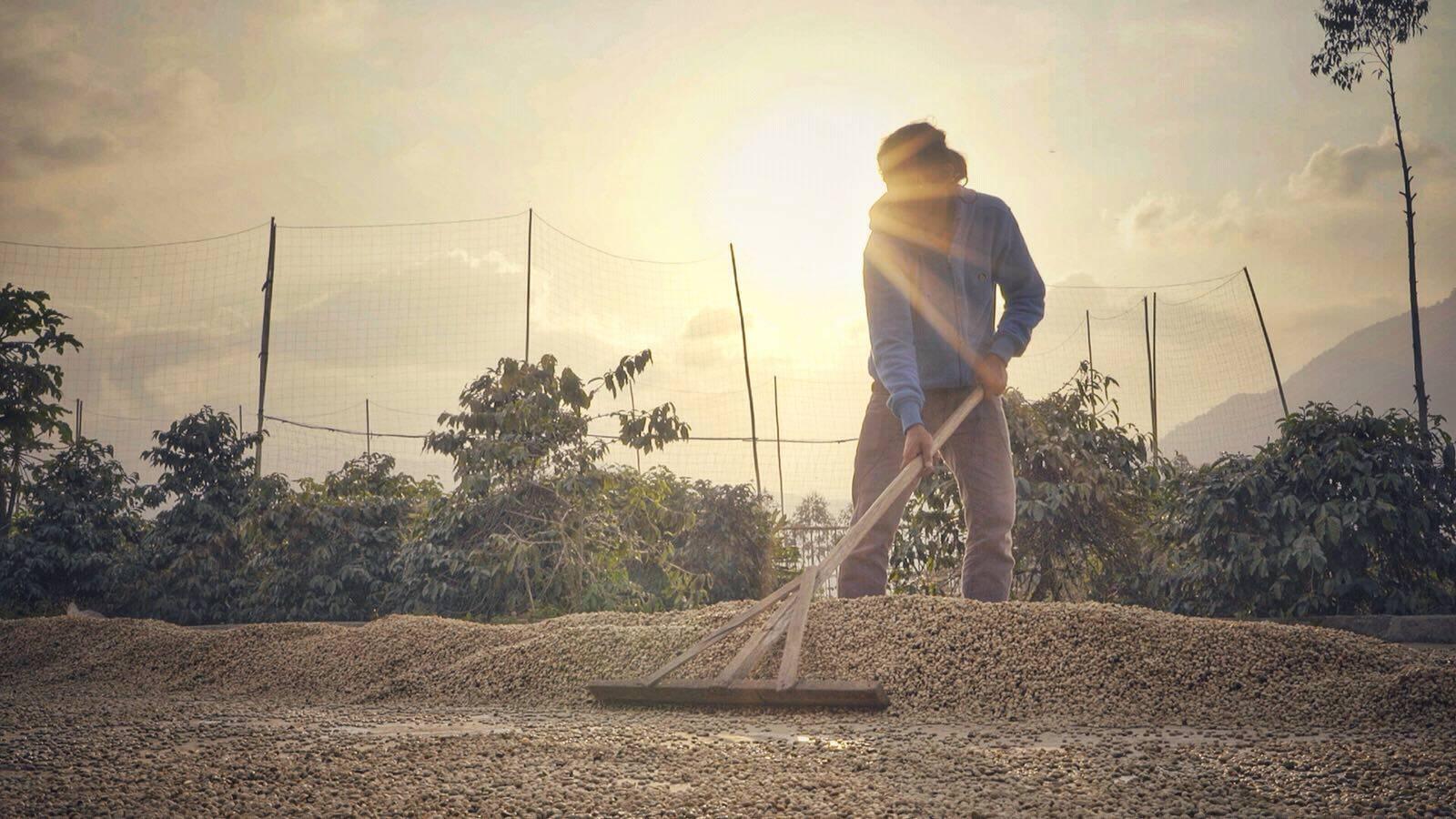What's New
The Quick Guide to Kopi Luwak: Answers to Common Questions
Kopi Luwak is one of the most rare and expensive coffees in the world, known for its unique production process and distinct flavor. This guide will help you understand its origins, taste, ethical considerations, and how to buy and brew this extraordinary coffee.
What is Kopi Luwak?
Kopi Luwak is an Indonesian coffee made from beans that have been eaten and excreted by the Asian palm civet (Luwak). The civet’s digestive process enhances the coffee’s flavor, resulting in a smooth, rich brew that is highly sought after by coffee enthusiasts.
The Origins of Kopi Luwak
Kopi Luwak’s history dates back to the Dutch colonial era in Indonesia. When locals were forbidden from picking coffee for themselves, they began collecting beans excreted by civets, discovering their exceptional taste. What began as a necessity has evolved into a luxury, with Kopi Luwak now regarded as one of the world’s finest coffees and a great gift for special occasions.
The Unique Production Process
The process starts when civets eat the ripest coffee cherries. After digestion, the beans are collected, thoroughly cleaned, and expertly roasted. This meticulous process, from the civet’s selection of cherries to the final roast, creates a coffee with a flavor unlike any other.
Kopi Luwak’s Flavor Profile
Kopi Luwak is celebrated for its smooth texture, low acidity, and subtle sweetness. Unlike many traditional coffees, it offers a gentle mellowness without bitterness, making it a refined choice for those who prefer a more nuanced coffee experience. Due to its unique flavor, it makes a great gift for a coffee connoisseur.
Ethical Considerations
The production of Kopi Luwak raises important ethical concerns, particularly regarding animal welfare. Many farms keep civets in poor conditions and force-feed them coffee cherries. This causes immense stress to the civets and results in an extremely poor quality of life. On top of the pain to the animals, the coffee produced in this manner is bitter and has poor taste. That is because the civet’s digestive enzymes are out of balance when they live in captivity. At Kaya Kopi, we only source wild Kopi Luwak, supporting the natural behavior and well-being of civets.
What is Kaya Kopi Honey?
Due to the constrained supply of wild Kopi Luwak, we have worked to create Kaya Kopi Honey, which mimics the flavor of Kopu Luwak but does not involve any civets. Kaya Kopi Honey starts its life from the very same beans that would have been ingested by wild Asian Palm Civets. However, instead of the Luwak cats eating the berries, our farmers collect the beans. The finest beans are collected and undergo a floating selection process, which leaves only perfect beans of the same density and ripeness. Next, the beans are pulped and dried in a greenhouse for 20 days while undergoing an enzymatic and fermentation process.
This process utilizes organic local honey as a catalyst and mimics the process of digestion that occurs in the stomachs of the civet cats. The final result is an exceptionally flavored coffee with an astounding aroma profile. Kopi Kopi Honey is slightly stronger than traditional Kaya Kopi Luwak and packs a more floral note due to the honey process. You can select between Kaya Kopi Honey and regular Kopi Luwak (light, medium, dark) on the checkout page.
Sustainable Farming Practices
Supporting Kopi Luwak producers who prioritize sustainability is crucial. This includes using wild civets, sourcing coffee cherries ethically, and promoting biodiversity. By choosing sustainable options, you can enjoy Kopi Luwak while minimizing its environmental impact. At Kaya Kopi, our coffee comes from shade grown multi-crop coffee plantations. This means that the biodiversity of the land is maintained and the forest stays healthy.
How to Buy and Brew Kopi Luwak
Identifying Authentic Kopi Luwak: Due to its value, Kopi Luwak is often counterfeited. To ensure authenticity, buy from reputable sources with certifications from organizations like the Specialty Coffee Association (SCA) or the Indonesian government. Be cautious of overly cheap products, as the genuine article commands a higher price due to its labor-intensive production. At Kaya Kopi, all of our products come with an authenticity guarantee.
Best Brewing Methods: To fully appreciate Kopi Luwak’s unique flavor, use brewing methods that highlight its qualities. French press, pour-over, and espresso are excellent choices. Experiment to find the perfect method that suits your taste. See here for a more detailed brewing guide.
Who Discovered Coffee?
Have you ever held a cup of coffee in your hand, raised it to your mouth for that first sip, breathed in the heady aromas – and wondered just where the heck did this magical brew actually come from?
Today we’re going to peel back the mists of time and take a look at one of them. Step back with us now to the rich grazing plains of Ethiopia, and say hello to a goat herder named Kaldi.
The Myth – And The “Truth”
But first, a confession. No one actually knows the true origin of coffee. Wait, wait – don’t stop reading! It’s still fun to explore the stories!
So, in this short article we’re going to take a look at the classic Ethiopian story of the origin of coffee. Next time we’ll take a look at what anthropologists and food historians believe about the origin of coffee. But first…
The Myth
One day Kaldi (remember him? Goat herder from thousands of years ago?) Was out grazing his herd of goats on the slopes of a hill, in the shadow of a monastery. Now, we are not experts on goats or being a goat herder. But we’re guessing it was probably a pretty dull job. That far out in the sticks, he probably couldn’t even get reception to check out his Instragram posts and pass the time a little faster.
But this day was a little different. On this day, as Kaldi looked on, thoroughly stunned, as he saw that his goats seemed to have gone crazy. They were jumping around, bleating loudly and running in circles.
Kind of sounds like a caffeine high, right?
Exactly! Kaldi saw that the goats had been nibbling at some bright red cherries growing on a shrub near the monastery. Giving in to his natural curiosity, and as we mentioned probably being bored out of his mind, Kaldi popped a few cherries into his mouth.
We bet you can guess what happened next. Kaldi was filled with a rush of energy and clarity of thought. Kaldi had in fact found a shrub that was growing coffee cherries, the lucky guy, and he was the first human to experience the uplifting qualities of caffeine.
Stuffing his pockets with as many cherries as he could, he sprinted off toward the monastery to share this incredible discovery, surely a gift from the heavens?
Kaldi was certain that he would be welcomed as a hero for discovering what was surely a gift from God himself.
Unfortunately, Kaldi dropped the ball with that assumption.
Rather than being excited to see him, the monks were angry. They proclaimed the coffee cherries to be the work of the devil, not of God, and angrily threw them into the fire.
Which might be a slight overreaction. An overexcited goat herder brings you some magic cherries, and your reaction is to sneer and throw them in the fire? That’s just mean.
Idiot Monks Accidentally Invent Roasted Coffee
Ironically though, the fire is what saved the coffee cherries from being lost to history. The smell of the roasting coffee was enough to make the monks pause and consider if they had been a little hasty here, throwing this poor guy's discovery into the fire.
Given the enticing smell, they pulled the now roasted beans out of the fire, and threw them into a pot of water to cool. The monks saw how the roasted beans turned the water a mysterious black color, whilst amplifying that amazing aroma.
The monks took a sip of the hot, black water – and the art of drinking coffee was born!
Cool Story, Bro! It is, right? But is it truthful?
Well… probably not, no. For one thing, the story of Kaldi and his coffee beans is only recorded in writing for the first time in around 1670, many hundreds of years after people in Ethiopia and the surrounding area had started to brew and drink coffee as we know it today.
Instead, anthropologists think coffee began to be grown as a crop in Ethiopia as early as the 9th Century. But back in the day, it was roasted, ground up and then mixed with Ghee (a kind of purified butter) and eaten, rather than drank. Eating your coffee in Ghee is still a popular way to consume it in parts of Ethiopia even up to today.
It was not until the 13th century that historical documents show that coffee made it’s way to the Middle East and the Mediterranean, probably via early trade routes. It was here that the ground coffee beans were boiled in water, initially as a medicine and eventually as a delicious drink. Check back later and we’ll explore some of the other coffee origin myths.
Kaya Kopi on Other Platforms
We are excited to have been expanding our distribution channels this year. We are now available through eBay, Walmart and Amazon. We are proud to have received a majority of 5 star reviews on all three platforms. Customer service is our priority. Remember, if you have any questions or comments, please reach out at contact@kayakopi.com.
Kaya Kopi Expert Review
We were happy to be reviewed as the best kopi luwak by Benji the expert "Coffee Concierge".
From Benji:
As I mentioned in the video review, Kaya Kopi is definitely the best Kopi Luwak coffee I’ve tried to-date. Not only this, but the coffee is produced humanely and is 100% organic and fair trade certified.
For these reasons alone, Kaya Kopi would be my top recommendation if you or someone you know is looking to experience Kopi Luwak coffee.
TRT World Documentary
We had the opportunity to team up with TRT World International to create a documentary about the making of Kaya Kopi Luwak. We invited TRT to come to our farm to observe firsthand our commitment to animal welfare and the environment. The filmmakers did an incredible job and we are excited to see the final product at the end of the year. Stay tuned!






We Went to School...
At Kaya Kopi, we think education is an essential part of enjoying your cup of Joe. Therefore, we were excited to share some of our knowledge with one of our customer's daycare center. For example, did you know that coffee is one of the world's most valuable commodities! It's estimated that the worldwide coffee industry is worth over 100 billion dollars. And as we mentioned above, coffee beans are not a bean at all. They are fruit pits. This helped the students understand Kopi Luwak. We explained how the civets eat the coffee cherry and then the remains are cleaned and turned into coffee! They were excited to give it a try!





